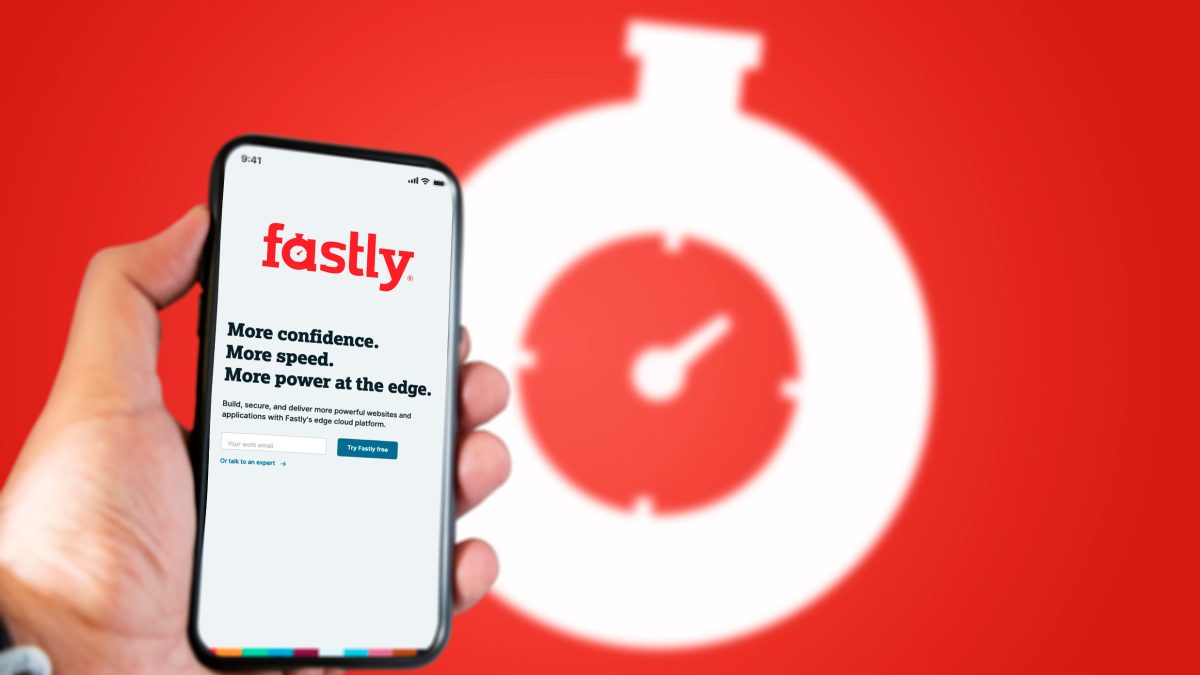Following Fastly Inc (NYSE: FSLY)’s mixed Q3 earnings yesterday, Piper Sandler raised its price target from $6 to $8, expressing cautious optimism despite keeping a Neutral rating.
Analyst James Fish highlighted strong media traffic growth, particularly in live sports, gaming, and large events, as key factors in the company’s revenue beat.
Piper Sandler noted that Fastly’s guidance for Q4 remained consistent, a shift from previous quarters when the company reduced guidance.
Fish views this as a “step in the right direction,” underpinned by potential catalysts such as stabilizing top-10 customer relationships, upcoming products, and a refined go-to-market strategy.
However, Piper Sandler remains on the sidelines, seeking stronger signals before a more confident rating.
Fastly Q3 earnings highlights
Fastly reported a Q3 non-GAAP EPS of $0.02, beating expectations by $0.06, yet missed on revenue, posting $137.21 million against a $138.09 million forecast.
While GAAP losses totaled $38 million, Fastly delivered record non-GAAP income of $2.4 million, with adjusted EBITDA reaching a high of $13.3 million.
The firm also improved gross margins, reaching 54.5% on a GAAP basis and 57.7% on a non-GAAP basis, indicating a slight upward trend in profitability.
Despite these gains, Fastly’s Q4 guidance of $136 to $140 million in revenue remains well below the consensus estimate of $153.97 million, revealing a continued conservative approach from management.
Diverging analyst views on Fastly
Beyond Piper Sandler, other analysts remain mixed. Raymond James downgraded Fastly from Strong Buy to Market Perform last month, citing valuation and profitability concerns despite potential traction from product expansion.
Similarly, Morgan Stanley reduced its price target to $7 in August due to recurring execution issues and competitive pressures, particularly in Fastly’s core delivery business.
Analyst Sanjit Singh highlighted Fastly’s lack of scale in the security sector, which may limit growth to below 10% in the near term.
These ratings reflect a cautious stance as Fastly works through structural and market challenges.
Fastly revenue growth and customer diversification
Fastly’s revenue growth for Q3, up 7% year-over-year, reflects a solid yet slowing trend, underscoring its struggle to maintain momentum.
The company is focusing on expanding revenue beyond its top 10 customers, with non-top-10 customer revenue growing by 20% year-over-year.
This shift, partly driven by Fastly’s restructuring efforts, is aimed at establishing a more diversified revenue base.
However, Fastly’s top 10 customers still represent 33% of revenue, and the 11% year-over-year decline in this segment signals ongoing challenges in customer retention and revenue stability.
Operational efficiency and profitability challenges
Despite Fastly’s attempts at cost restructuring, profitability remains elusive.
Operating expenses increased year-over-year, with the company prioritizing sales and marketing—accounting for 44% of total operating expenses.
This spending level has outpaced revenue growth, leading to higher net losses and ongoing free cash flow challenges.
Fastly’s net retention rate also declined to 105% this quarter, down from 110% in Q2, which suggests potential revenue pressure if retention rates continue to fall.
Fastly stock valuation
Fastly currently trades at a price-to-sales (P/S) ratio of 1.7x, significantly lower than industry peers such as Cloudflare and Akamai, which trade closer to a 5.5x P/S multiple.
This discount reflects investor concerns over Fastly’s inconsistent execution, high operating costs, and lack of profitability.
Despite this valuation gap, analysts suggest limited upside until Fastly demonstrates consistent revenue growth and cost management.
Fastly’s current P/S ratio is also lower than its 2.7x historical average, presenting the potential for a revaluation if the company’s operational adjustments yield tangible results.
Overall, while Fastly’s recent developments show signs of progress, investor sentiment will likely remain cautious until clear, sustained profitability improvements emerge.
Let’s now shift our focus to Fastly’s price movements and assess what insights the technical indicators reveal about the stock’s future direction.
FSLY: weak on long-term charts
Having seen a significant upside last year, Fastly’s stock seems to have fallen off a cliff this year.
In early February, the stock made a high above $25 and after a series of disappointing quarterly results found itself trading below $8 currently.
Source: TradingView
The stock remains weak on monthly and weekly charts. However, on the daily charts, it is displaying some resilience having made a low below $6 in early August and bouncing back from that level.
Taking this into account, investors who are bullish on the stock can initiate a small long position below $8 with a stop loss at $5.5.
They can add to this position if the stock breaks above its recent swing high at $9.39.
Traders who continue to have a bearish outlook on the stock must wait for it to approach closer to $9 levels, where they can initiate a short position with a stop loss of $9.45.
If the stock loses its short-term upward momentum, it can again fall to $6 levels where one can book profits.
The post Is Fastly stock a ‘Buy’ after Q3 earnings? appeared first on Invezz

